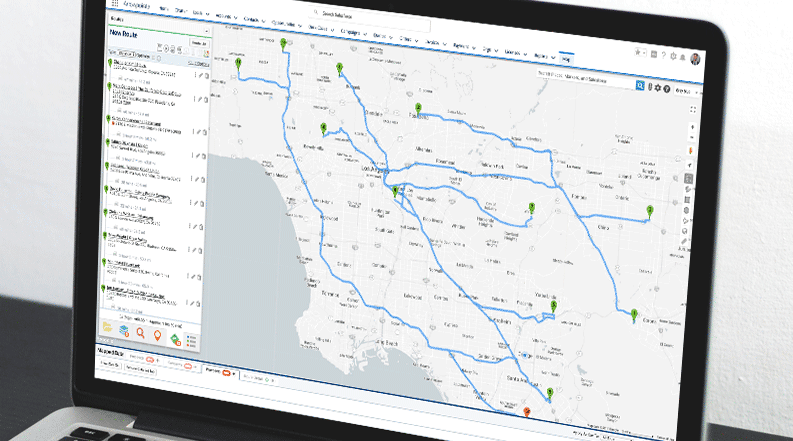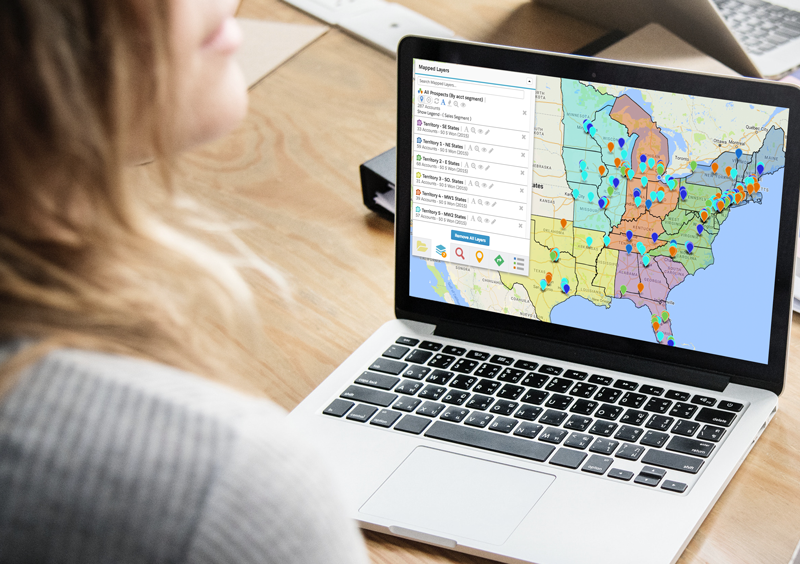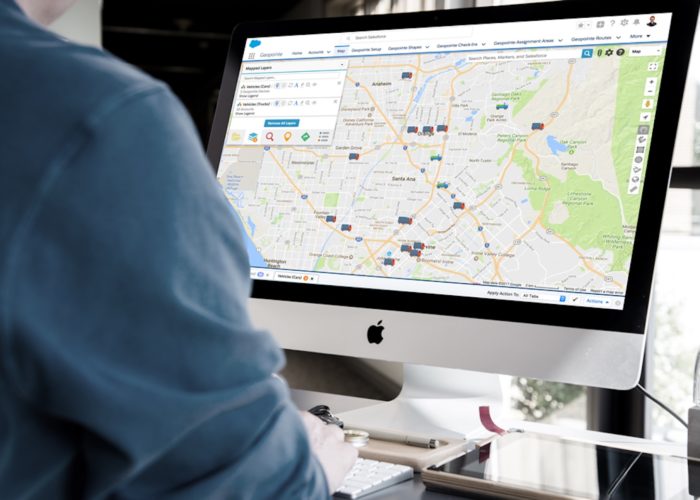Top Resources to Encourage Your Team During a Geopointe Adoption
The introduction of new technology, even small changes to well-used tech, often causes a defensive reaction. Resistance to change can cause a hard-working individual to dig in their heels. If you or a team member is struggling to adopt all or part of Geopointe, perhaps we can assist. Below we’ll cover common arguments that stifle Geopointe adoption among reluctant users, and give you resources to help change their mind.
“I already know where to find everyone in my territory.”
• Talk to a newer co-worker about how they learned their territory.
• Filter map searches to isolate new accounts you don’t know as well.
This confident reason to not need to use Geopointe is understandable—if you know the people you visit, you know the people you visit. However, the map can teach you new information about your clients. For example, you probably know how far each client is from your office. But do you know who is closest from another location? Do you know if it makes more sense to visit all new clients in the same day, or mix new clients into standing meetings? This level of planning is suited to using a map tied to your Salesforce data.

“I’m already using Google Maps. This isn’t going to save me time.”
• Talk to an admin about building data sets with filters important to you.
• A Google Maps search doesn’t allow you to view multiple accounts at once.
This particular stubborn response most likely means your users are uncomfortable using data sets. Google Maps is an excellent mapping tool (which is why it’s our base map), but it is not built to handle multiple addresses outside of a route; a data set is going to accomplish what your team needs faster. Spending time mastering data sets and search options will get your user what they need faster than Google Maps alone.
“Time spent building routes could be spent in my car, driving to clients.”
• Routes record total distance, simplifying mileage reports later.
• Ask a co-worker how they use routes and about their productivity.
• Log meeting notes or activity immediately after completing route stops.
If making a single visit in a day, it’s true that routes will not benefit you. If making multiple calls on the same day, you have to do manual time and distance calculations without a route. Those manual calculations, while comfortable and familiar, are not time savers. Building a route ahead of time gives you a path to follow and keeps track of the mileage when it’s time to turn in that expense report.

“How is Geopointe an improvement over the Salesforce report I run everyday?”
• Data Sets are more flexible and dynamic than reports.
• Ask an event manager why geography matters when targeting attendees.
Reports are an excellent tool in Salesforce, but their structure is restricted by available report types. Data Sets don’t require that prework, giving you more flexibility, especially with cross-object filtering. Color markers tell a strong narrative on a map, more than report charts. For example, color accounts by annual recurring revenue (ARR); by marker color alone, you’ll notice which cities generated less ARR than others, instantly giving you something to investigate. For marketers, geographic targeting can be done by ZIP codes or city names, but the list will be better perfected with a map search.
“I don’t need this. This is for external sales teams.”
• Geographic representation of territories help visualize your business.
• Ask lower-level management how they use the map beyond routing.
Geopointe is a sales enablement tool, with the ability to empower your sales teams both internally and externally. However, there are multiple features of value to management and executive teams. Among those is thematic maps, which allows you to view data by concentration in geographic boundaries (e.g., 2017 revenue by state). If your team is tasked with re-defining sales territories, Geopointe’s visual representation of your data alongside a list view of your mapped results is much easier than making comparisons across a spreadsheet. Plus you can manage the re-assignments and territories directly on your map. At first glance, Geopointe may not seem suited to solving problems outside of the sales team, but its wealth of tools and resources could prove useful for any department at any level. Check out these use cases by role listed on our website.

Coaxing your team to use a new product comes with challenges. Sometimes that challenge is a lack of resources, sometimes it’s resistance to change and sometimes it’s a lack of evidence that it’s worth the effort. Use the resources in this article and your peers to bring the reluctant team members on board. They’ll probably become your greatest champions.




